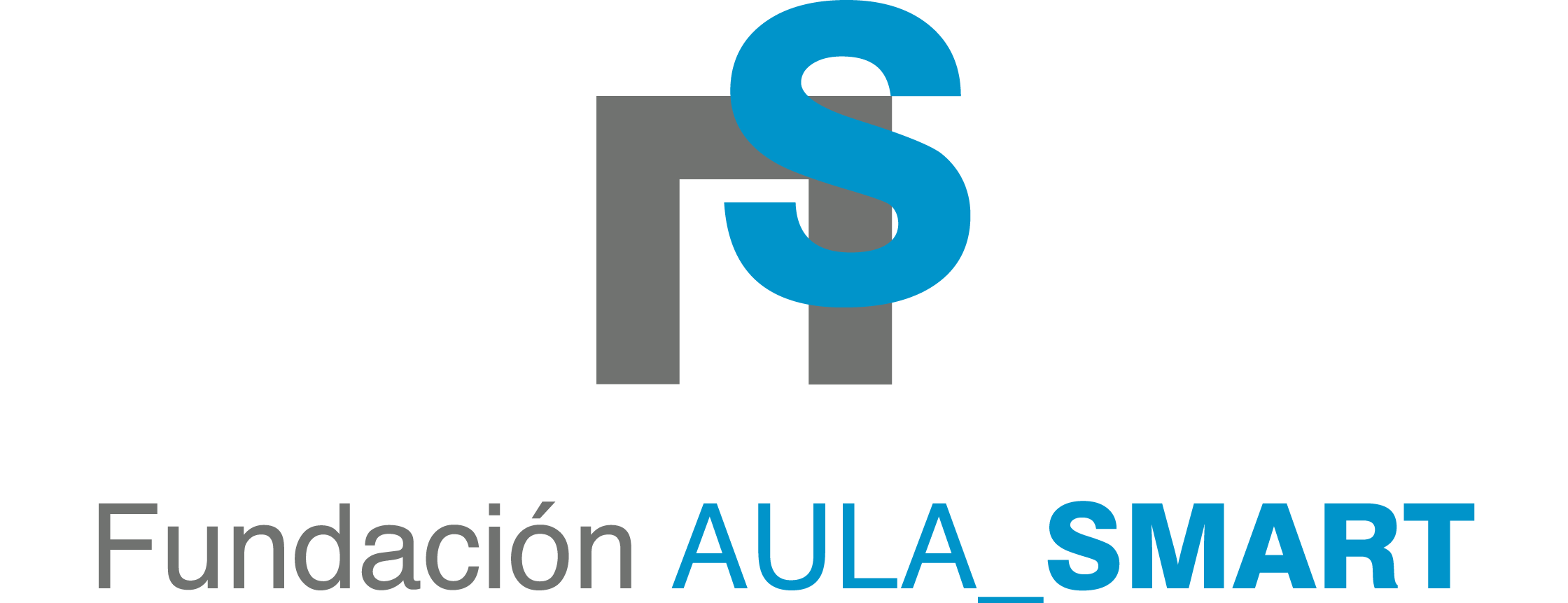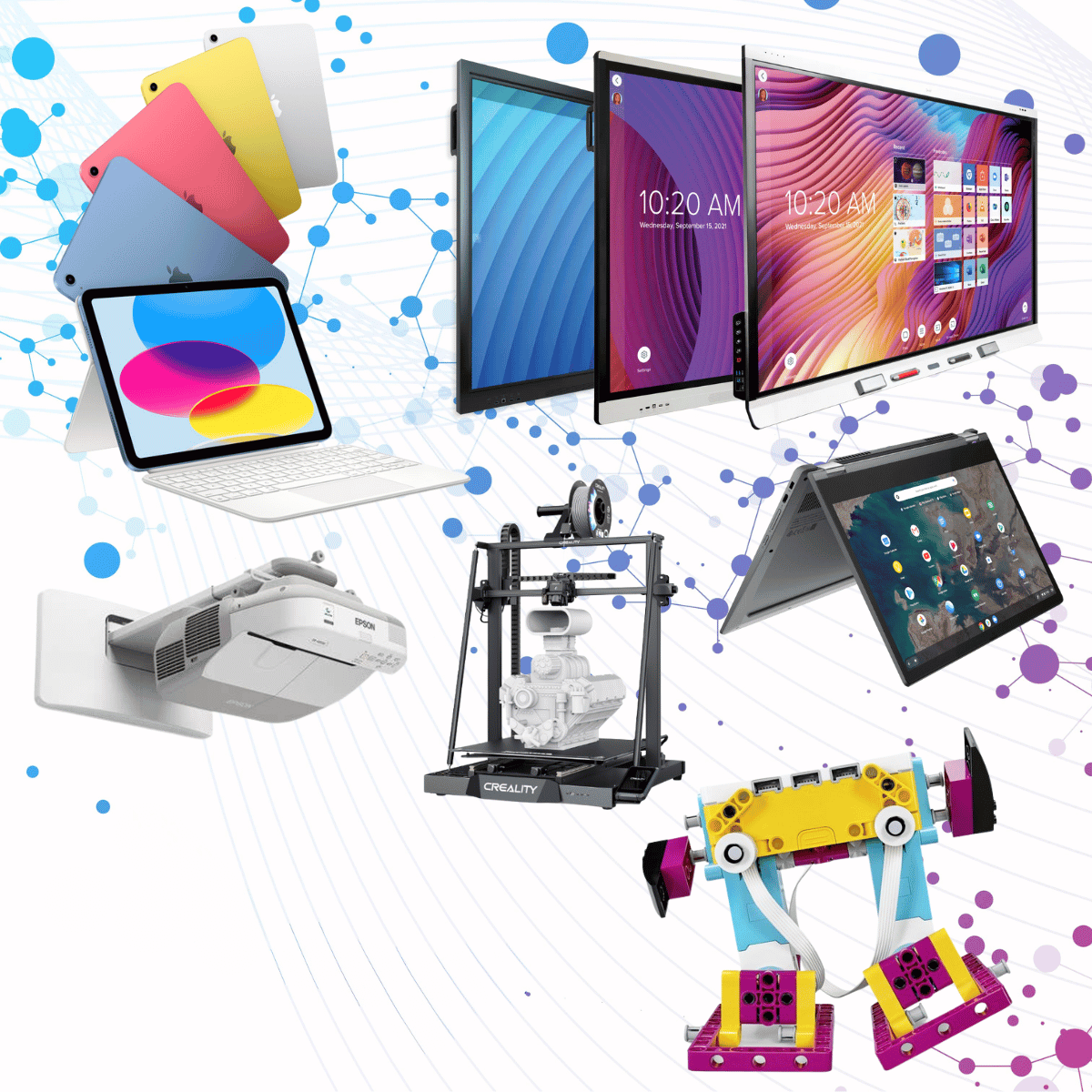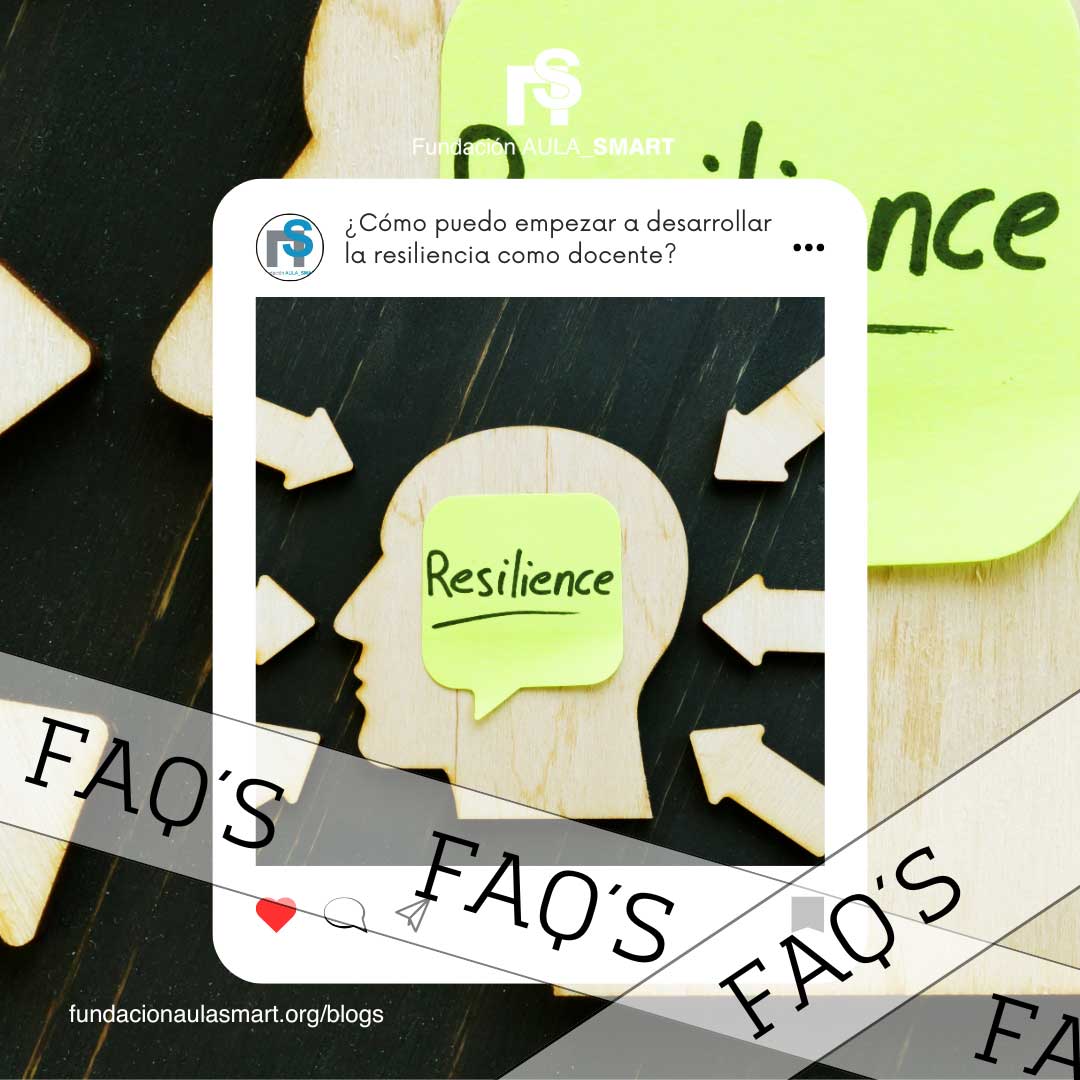The transition to hybrid educational models has evidenced an urgent problem: the digital gap. This inequality in access to technologies and connectivity significantly affects the quality of learning, especially in vulnerable communities. Reducing the digital gap is essential to guarantee an equitable and effective education. In this article, we will explore key strategies that schools can implement to address this challenge, including device loan programs, qualifying Wi-Fi access points and technological training for students and families.
1. Device loan programs
One of the most obvious barriers in the digital gap is the lack of access to appropriate devices for learning. Many students lack computers, tablets or even smartphones with sufficient abilities to participate in online classes or complete digital tasks. Given this reality, the loan programs have proven to be an effective solution.
How to implement it
- Initial inventory: Schools can make a census to identify students who need devices.
- Device acquisition: Collaborate with local governments and non -profit organizations to obtain funds and donations from laptops, tablets or chromebooks.
- Management and Maintenance: Create a registration system for the loan of devices, ensuring that they are returned in good condition and providing technical support for maintenance.
- Priority access: Prioritize students who need it most, especially those from low -income families or rural communities.
Expected impact
This approach guarantees that all students have the necessary tools to actively participate in academic activities, minimizing interruptions in their learning.
2. Habilitation of Wi-Fi access points
Internet connectivity is another critical factor. Without stable access to the network, students face enormous difficulties in attending online classes, downloading educational materials or interacting with their classmates. Schools can play an active role by enabling Wi-Fi access points in their communities.
Key strategies
- Mobile Hotspots: Provide the families for subsidized Wi-Fi access devices.
- Community access: Establish Wi-Fi access points in strategic places such as libraries, community centers or school parking lots, allowing families to access the Internet for free or low cost.
- Collaboration with service providers: Negotiate reduced rates or free access with telecommunications companies for students and teachers in vulnerability.
Successful examples
In several regions, initiatives such as "Wi-Fi in school buses" have brought connectivity to rural communities, turning vehicles into mobile internet access points. This has allowed students to complete their tasks in accessible locations.
3. Technological training for students and families
Access to devices and connectivity by itself does not guarantee success in a hybrid environment. Many students and families lack the skills necessary to use technological tools effectively. Technological training is, therefore, an essential pillar to close the digital gap.
Training content
- Basic Competencies: Use of videoconference platforms, web browsers and office tools.
- Online security: Orientation on safe practices to protect privacy and avoid online fraud.
- Educational Management: Training in Learning Management Platforms (such as Google Classroom, Moodle or Microsoft Teams) to facilitate communication between families, students and teachers.
Implementation methods
- Virtual and face -to -face workshops: Organize practical sessions for both students and parents.
- Self -taught materials: Create guidelines and tutorial videos accessible in several languages and adapted to different levels of technological competition.
- Mentoring in pairs: Establish support programs between students with advanced skills and those that require more help.
Long -term benefits
By empowering students and families with technological knowledge, independence is encouraged and learning experience is improved. In addition, these skills have applications beyond school, preparing them for an increasingly digitized working world.
The key role of teachers and the school community
Teachers are key actors in reducing the digital gap. Their continuous training in the use of digital tools and hybrid methodologies allows them to effectively guide students. For their part, school communities can strengthen these initiatives through the creation of support networks between families, local organizations and governments.
Involve the community
- Strategic Allies: Collaborate with technological companies, universities and NGOs to expand available resources.
- Volunteer programs: Include community members with technological knowledge to give workshops or provide technical support.
- Constant feedback: Periodically evaluate the needs of the students and adjust the strategies accordingly.
Conclusion
Reducing digital gap in hybrid environments requires a comprehensive approach that combines access to devices, connectivity and technological training. These strategies not only guarantee the continuity of learning, but also encourage greater educational equity. Schools have the power to lead this change, but success will depend on the collaboration between teachers, families, organizations and governments.
Investing in these solutions today means offering students the necessary tools to develop in the world of tomorrow. The digital gap is not insurmountable, and with a collective effort, we can build a more inclusive and resilient educational system.


















Leave a comment
All comments are moderated before being published.
This site is protected by hCaptcha and the hCaptcha Privacy Policy and Terms of Service apply.